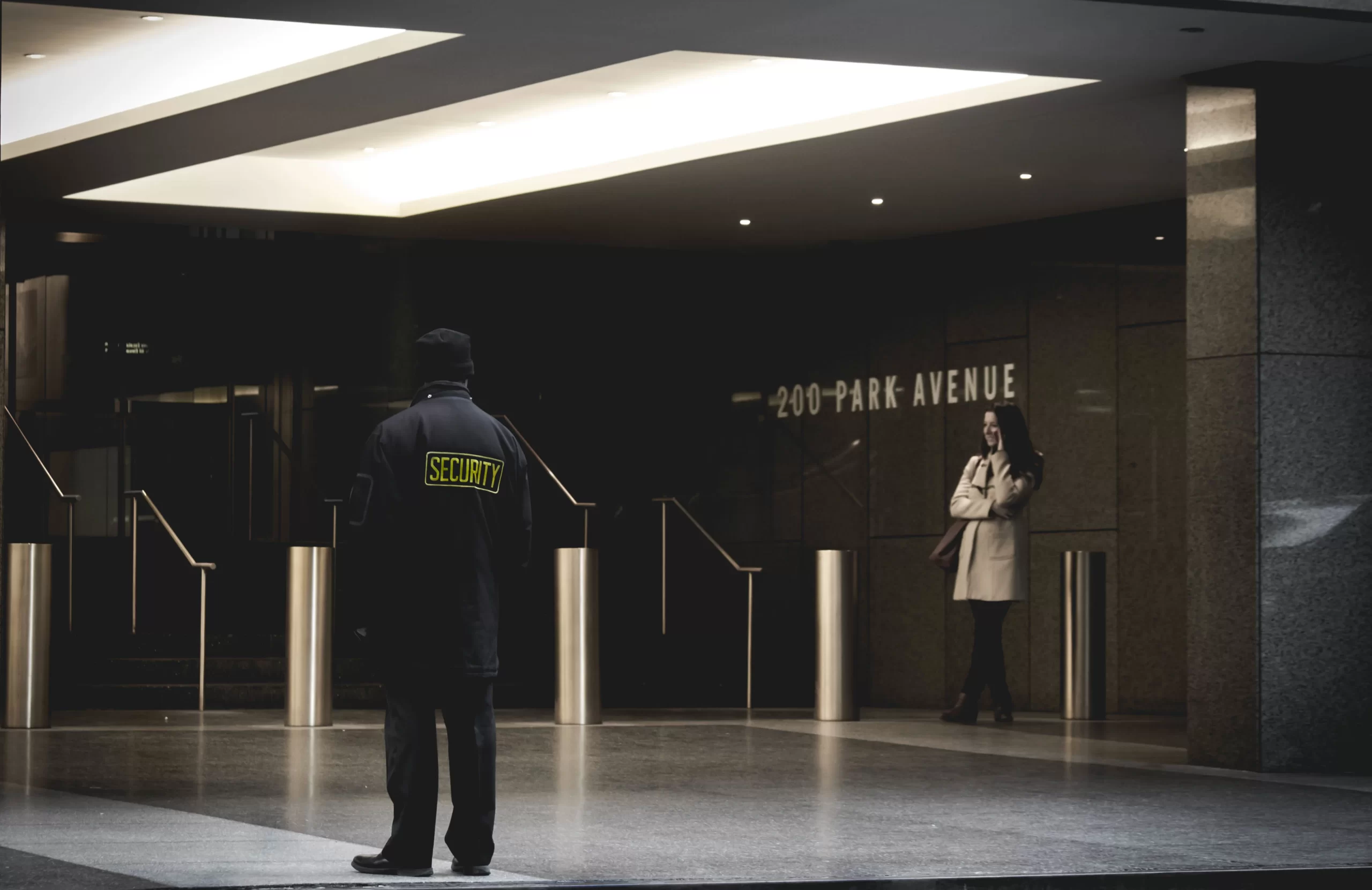

Security is a top priority on university campuses. In order to safeguard their students, employees, facilities and other assets, university leaders must right-size their security staffing strategy.
How Well Do You Know Your Campus Foot Traffic?
The best starting point is to leverage data from your traffic counter to begin to get a handle on your foot traffic patterns. You’ll quickly discover that certain areas of campus are more highly trafficked than others; the dining halls, for example, will likely see consistently high traffic throughout the day, while the geology building, on the other hand may not draw large numbers of people.
What’s more, expect your traffic to rise and fall in predictable patterns. Traffic typically will pick up when your campus hosts high-profile events such as concerts, sporting events and homecoming. Of course, during times of the year such as spring break and winter session, your campus will be much quieter than usual as students head off for home and other destinations.
How Many Security Officers Do You Need?
Once you’ve identified what your campus traffic is like, you can start to develop your security staffing strategy, hone in on what your ideal security personnel-to-student ratio should be, and where security should be located. Backed by concrete foot traffic data, you can optimize your security staffing strategy so that you’re neither overpaying for labor by being overstaffed nor leaving the student and staff populations vulnerable and at risk.
Tap Into Crime Stats
Many campuses seem to have an area or two that’s a continual hot spot for trouble. A common one might be around the football stadium following a big game (especially if the home team suffered a big loss and there’s alcohol involved), or maybe campus police are often called to fraternity houses. Review several years of historical data on campus crime statistics; that will reveal the patterns and problematic locations around campus that may need some extra attention. Coupled with your foot-traffic data, crime stats can inform your security staffing strategy so you know where and when to deploy additional personnel.
Set Your Security Routes
The final piece of the puzzle is creating preset routes for your security team that are informed by all of the data you’ve collected. With regular, established patrols, sometimes the mere presence and visibility of security officers around campus are all that’s needed to deter criminal activity. You might find that security personnel need to make frequent stops by certain areas of campus whereas low-traffic locations may need just an occasional drop-in. Be sure to continually review your traffic data and crime stats on a regular basis to tweak your security staffing strategy and routes for the best possible campus coverage and protection.
Maintaining a data-driven security staffing strategy can significantly rein in petty campus crime such as theft, vandalism and alcohol-fueled offenses.